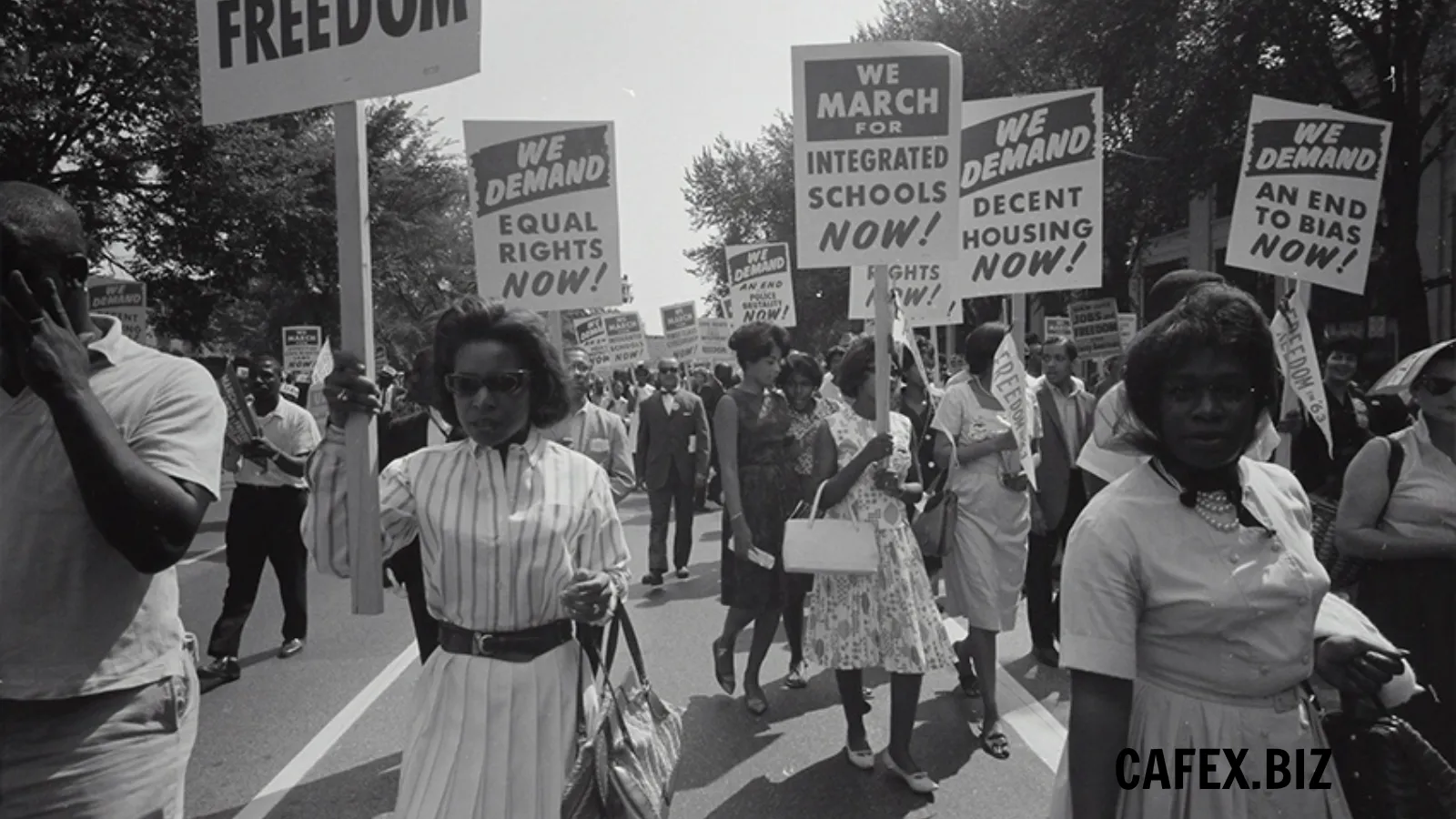The 1950s in America was a decade of great cultural and economic transformation, marked by the post-war boom and the emergence of the middle-class consumer society.
This era saw significant changes in the hotel and restaurant industry, as it catered to the evolving needs and preferences of an increasingly mobile and affluent population.
The various aspects of hotel and restaurant services during this golden age, highlighting the trends, innovations, and enduring charm of the 1950s hospitality experience.
The Boom of Motels and Drive-In Restaurants
The rise of automobile culture in the 1950s gave birth to the popularity of motels and drive-in restaurants. Motels, short for "motor hotels," became the go-to accommodation for road travelers seeking convenience and comfort during their journeys.
These motor lodges featured eye-catching neon signs, well-maintained courtyards, and motor courts, providing travelers with a much-needed rest stop during long trips.
Accompanying the motels were drive-in restaurants that capitalized on the car-centric lifestyle. Drive-ins offered a unique dining experience where patrons could enjoy their meals from the comfort of their cars.
Carhops on roller skates would take orders and deliver food to customers' vehicles. This combination of mobility and novelty appealed to the public and became an integral part of American pop culture.
The Emergence of Luxury Hotels
While motels and drive-ins were designed for the traveling masses, the 1950s also witnessed the rise of luxurious hotels that catered to the elite. These luxury hotels exuded opulence and sophistication, offering amenities such as fine dining restaurants, lavish ballrooms, and first-class services.
The Waldorf-Astoria in New York City and The Beverly Hills Hotel in California were among the most iconic luxury hotels of the era. These establishments attracted Hollywood celebrities, politicians, and wealthy socialites, becoming the playgrounds of the rich and famous.
Iconic Restaurant Chains
The 1950s saw the emergence of several iconic restaurant chains that have become synonymous with American dining culture. One such chain was Howard Johnson's, famous for its orange-roofed restaurants and 28 flavors of ice cream.
It was one of the earliest examples of standardized restaurant services across multiple locations, providing travelers with a familiar dining experience wherever they went.
Another prominent chain was McDonald's, which was established in 1955. Initially a modest hamburger stand, McDonald's pioneered the fast-food concept, revolutionizing the restaurant industry.
The efficient service, consistent quality, and affordability appealed to families and teenagers alike, setting the stage for the fast-food culture that would dominate in the coming decades.
The Birth of the Modern Hotel Amenities
In the 1950s, hotels began to offer an array of amenities to make guests feel at home. Air conditioning became a standard feature in many hotels, providing respite from the sweltering summer heat. Additionally, hotels began offering televisions in guest rooms, a luxury that quickly became a symbol of modernity and comfort.
The decade also saw the introduction of in-room telephones, enabling guests to make calls without leaving their rooms. These conveniences transformed the hotel experience, allowing guests to stay connected and entertained during their travels.
Themed Restaurants and Unique Dining Experiences
The 1950s were a time of creativity and innovation in the restaurant industry. Themed restaurants gained popularity, offering unique dining experiences to patrons. For instance, the Polynesian-themed "Trader Vic's" introduced Americans to exotic dishes like pu-pu platters and Mai Tais, creating a fascination for international cuisines.
Tiki culture, in particular, saw a surge in popularity during this period. Restaurants and bars adorned with tiki masks, bamboo furniture, and tropical motifs transported diners to an island paradise, providing an escape from the mundane.
Traditional Tableside Service and Formality![The-Boom-of-Motels-and-Drive-In-Restaurants]()
In upscale restaurants of the 1950s, traditional tableside service was an essential element of the dining experience. Waiters in crisp white jackets skillfully prepared salads, carved meats, and flambéed desserts at the guests' table, adding an element of spectacle to the meal.
Formality and decorum were highly valued, with strict dress codes and etiquette norms observed in many establishments. Dining out was an elegant affair, and patrons dressed their best to match the upscale ambiance of the restaurant.
The Influence of Television on Restaurants
Television played a significant role in shaping restaurant culture during the 1950s. Popular TV shows and personalities often influenced dining trends and preferences. Celebrities, who were regular guests at trendy restaurants, often received mentions in the media, leading to a surge in popularity for those establishments.
Furthermore, restaurants also found innovative ways to incorporate television into their dining spaces. Some upscale restaurants featured small TV sets at the bar or in private dining rooms, allowing patrons to catch up on their favorite shows while enjoying their meals.
The hotel and restaurant services in 1950s America represent a unique period of cultural transformation and innovation. From the rise of motels and drive-in restaurants to the emergence of luxury hotels and iconic restaurant chains, this decade laid the foundation for the modern hospitality industry we know today.
While certain aspects of 1950s hospitality may seem outdated, the nostalgia associated with this era remains enduring. The charm of themed restaurants, the spectacle of traditional tableside service, and the allure of luxury hotels continue to captivate us, offering a glimpse into the American dream of the post-war years.As we look back on this golden age of hospitality, it is essential to recognize both its strengths and weaknesses. By understanding the past, we can continue to shape a more inclusive and remarkable future for hotel and restaurant services, drawing inspiration from the innovation and spirit of the 1950s.
